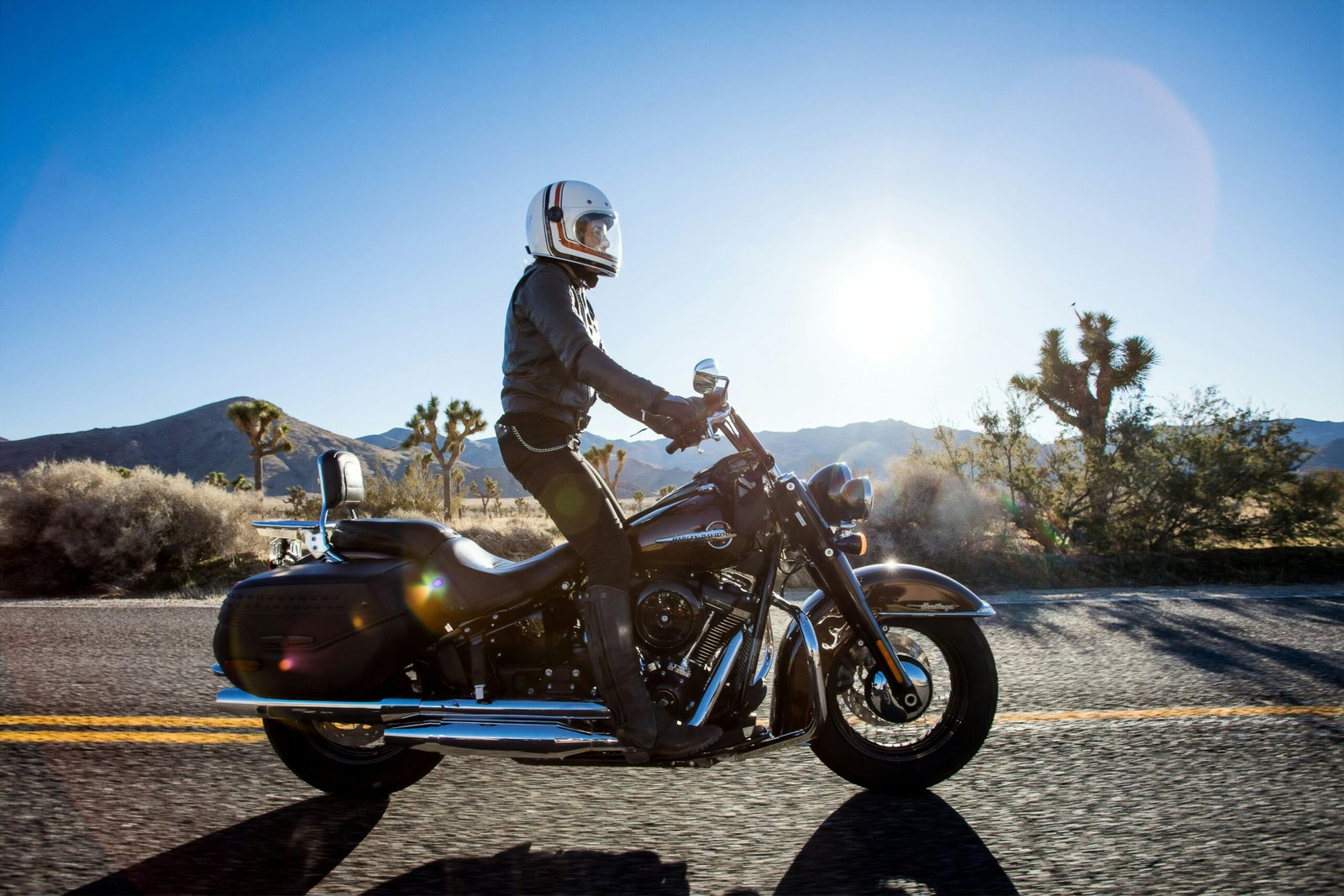The first time I rode a motorcycle, I felt so many hazards and constantly thought about falling. New riders must know how to manage risks and hazards, so let’s talk about this.
Riding motorcycles undeniably involves higher risks compared to driving a car. With only two wheels instead of four and lacking features like crumple zones or protective cells, motorcyclists rely solely on their gear for protection against the elements and accidents. However, this doesn’t mean that motorcycling is inherently perilous. Motorcycles possess unique advantages, such as their lightweight build, rapid acceleration, and narrow width, allowing them to navigate situations and spaces that cars cannot, like tight alleys or European roads. The key lies in understanding when and where to ride, staying vigilant about your surroundings, and knowing how to handle road hazards, which I will discuss in detail today.
Road Condition
Before deciding to ride, it’s crucial to assess the road conditions on your planned route or the general state of the roads. You need to know:
- How much traffic is on the road?
- What is the road condition?
- What is today’s weather?
- Are there snow and ice on the road?

When I go for a ride, I must know how much traffic is on the road before I go there. Remember, your bike’s connection to the road relies on two small contact patches. Grip is crucial for safety. Various elements like dirt, standing water, running water, gravel, dust, and sand can impact tire grip, depending on your bike and tire type. Dual-sport and ADV riders benefit from their grippy, knobby tires, whereas sport and touring riders with smoother tires must be particularly cautious.
Bike Condition
If the roads are in good condition, the weather is clear, and you feel ready to ride, the next important factor is your bike’s condition. While you should perform a walk-around inspection every time before riding, complacency can easily set in. This isn’t about blaming anyone; it’s simply a fact of human nature that repetitive tasks can lead to complacency. If you have a motorcycle, you must know its condition and how it looks.
Regular maintenance helps combat complacency and ensures your bike is always ready to ride. Clean and lubricate your chain every two full tanks of gas, check and adjust chain slack monthly, and inspect tire pressures before every ride. If your bike doesn’t seem fit for riding, there’s no shame in deciding not to ride. This is a smart approach, as noticing potential issues could save your life. For instance, if your tires appear dry, cracked, or the tread is wearing thin, ride cautiously to your local bike shop and get new tires. Although it might be expensive, it’s far better than experiencing a tire blowout at high speeds on the freeway!
Rider Condition
Perhaps the most crucial factor is yourself. Whenever I prepare to ride, I don my gear, leaving my helmet and gloves for last. I place the key in the ignition but refrain from turning it until my helmet is on. Since a near-miss in my first week of riding due to a lapse in focus, I’ve developed a personal ritual: after fastening my helmet, I tap the left side over my temple twice. Everyone has their own method to focus on riding.
You need to be extremely honest with yourself, sometimes brutally so, when determining if you are fit to ride. Like the engines on our bikes, if you’re not in top condition, assess whether you should ride at all. Use common sense: never ride impaired. If you’re tired or experiencing brain fog, take a nap or opt for an Uber or bus instead of riding. If you’re feeling the onset of a cold or generally unwell, stay home, rest, and recover with some tea and soup.
Consider road conditions, bike conditions, and rider conditions. Think of it as moving from a wide to narrow focus, or macro to micro. Only when all three conditions are deemed “good” on your mental checklist should you go riding. This ensures you are aware, alert, and capable of handling any sudden hazards or issues that may arise during your ride.
Now Talk About How to Overcome This Issue
When you are a beginner rider, you must notice something on the road. Let’s discuss one simple rule which can greatly reduce our chance of getting into an accident on the road; it’s called the 12-second rule. The 12-second rule is one of the most effective ways to prevent motorcycle accidents.
What’s it all about?
As you probably already know, we as humans have a pretty long reaction time. To be specific, it’s somewhere between 1 and 1.5 seconds depending on your conditions such as tiredness, hunger, and general health. When you are riding a bike, 1 second of reaction time can be a pretty long time. For example, at more than 40 mph, in one second we roughly travel 60 ft of distance. (40 mph (65 km/h) = 60 ft/s (18 m/s))
I think everyone can agree that in the case of an emergency on the road, if you need to stop fast, this 60 ft of distance can make quite a difference. And let’s be honest, 40 mph is not a very high speed; a lot of times, we can go much faster. When you ride a motorcycle and suddenly a car or bus comes into the intersection, you have to decide what to do and what your reaction time is. First, you try to press the horn, then you press the brake; in this time your brain works really fast.
Don’t Be Distracted
Now that you’ve gone through the Conditional Trifecta, received three checkmarks, and are aware of road hazards to avoid, you’re ready to hit the road. As you ride, you may not realize it, but you’re already processing about 140 degrees of awareness, reacting to brake lights, stop signs, traffic signals, and lane changes.
However, it’s the remaining 220 degrees that many riders often overlook or need to improve their awareness of. Among motorcyclists, there’s a common saying: “Scan, scan, scan.” Your horizon should be 10 to 20 seconds down the road or as far around a corner as possible, but don’t just focus straight ahead. Continuously scan the sides of the road, other lanes, and even bridges above the road. Even if you’re the only person on a deserted road, an animal might suddenly appear from the roadside.
You should always focus on the road, not just straight ahead, but also left or right. Also, look at the mirrors on your motorcycle every 10 seconds. If you follow these steps, you can overcome hazards on the road. And always practice; practice makes perfect.


1 thought on “How New Motorcycle Riders Can Manage Risks & Hazards Everything You Should Know”